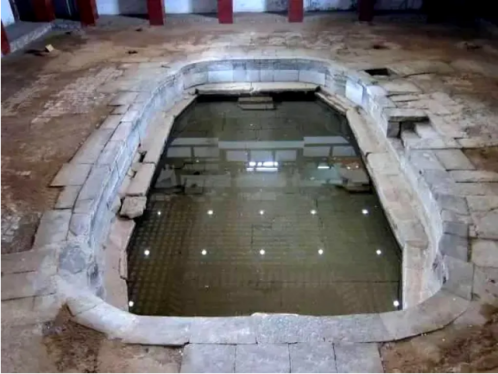年轻人热衷的洗浴中心,在古代是什么样的?

Nowadays, bathhouses have become popular venues for socializing and relaxing, especially among young people in urban China. They offer bathing and showering options, from basic showers to saunas (桑拿浴), to help people relax. Many bathhouses now also provide snacks, light meals, refreshments, and buffets. Some even let you watch movies while you relax, making the experience even better. Do you know how people have bathed throughout Chinese history?
The earliest written record of Chinese bath culture dates back to the Shang Dynasty (1700– 1027BC). At that time, bathtubs were typically made from bronze or timber. According to the Rites of Zhou, it was a requirement for the government officials of the Zhou era to wash their hair every three days and take a bath every five days. Entering the Han Dynasty (206BC–220AD), the government offered the officials to take a day off every five working days for having a bath. Later in the Tang Dynasty (618-907), the bath day was between every ten working days.
2,000 years ago, warm rice water was the most popular body wash gel (凝胶) among Chinese ladies. Came to the 3rd century, “bath bean”, specially made with mixed navy bean powder, five scented dried plants and flowers, medicinal herbs, egg white, pig pancreas and flour, emerged, which not only strengthened the washing ability but also nourished the skin. The ingredients and formula to make the bath bean are explained in detail in Sun Simiao’s Treasured Prescriptions, a book published in the mid-7th century about traditional Chinese medicine clinical diagnosis and prescriptions. During the Song Dynasty, the rise in popularity of commercial public bathrooms saw the mass production of Fat Bean, a soap made with oily fruits and bath beans, which could be easily purchased from most grocery stores.
To ancient Chinese, taking a bath was not just to keep personal hygiene (卫生) but to observe civil conduct.
原创编写 版权所有 侵权必究! 每日更新 个性化阅读 英语飙升!